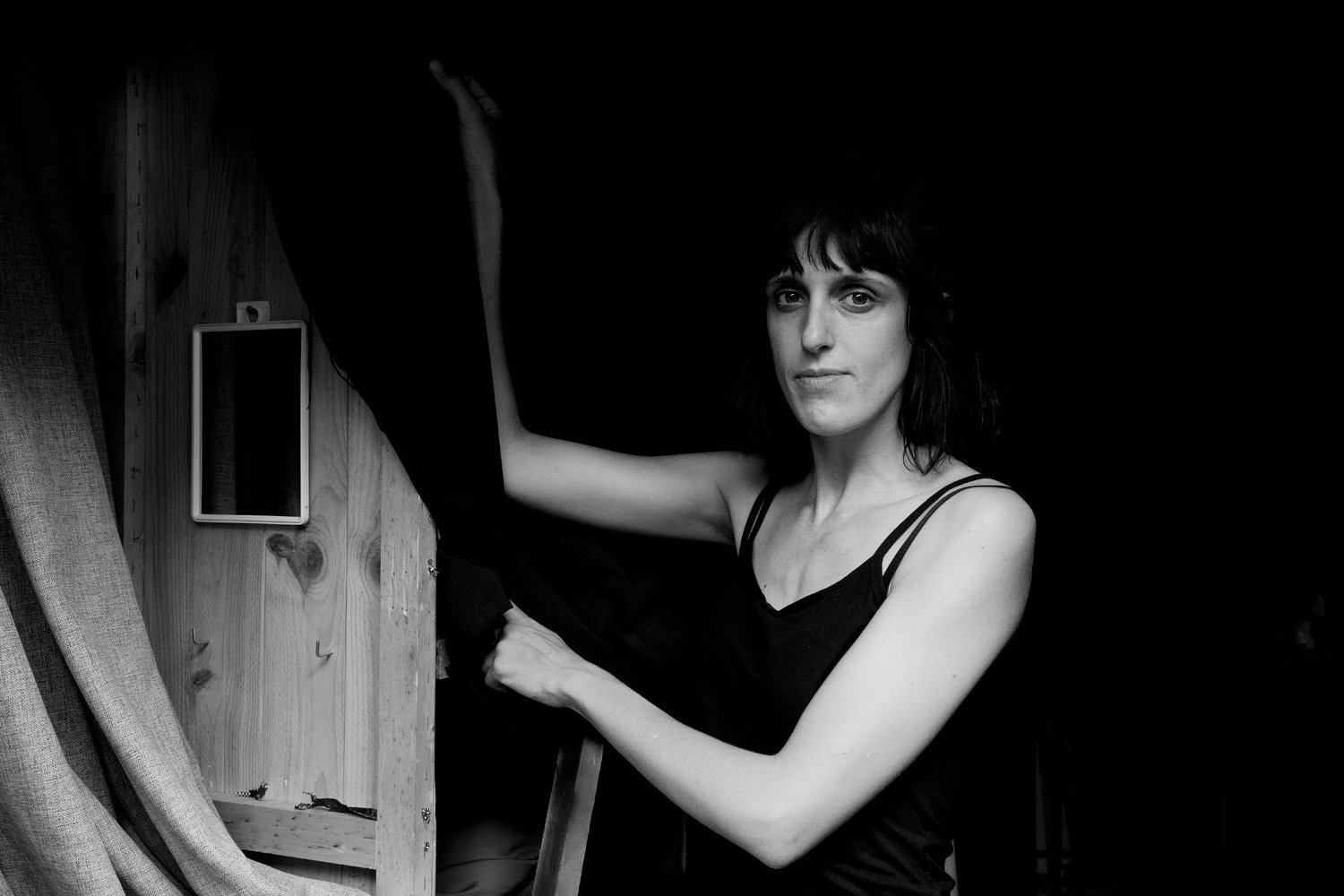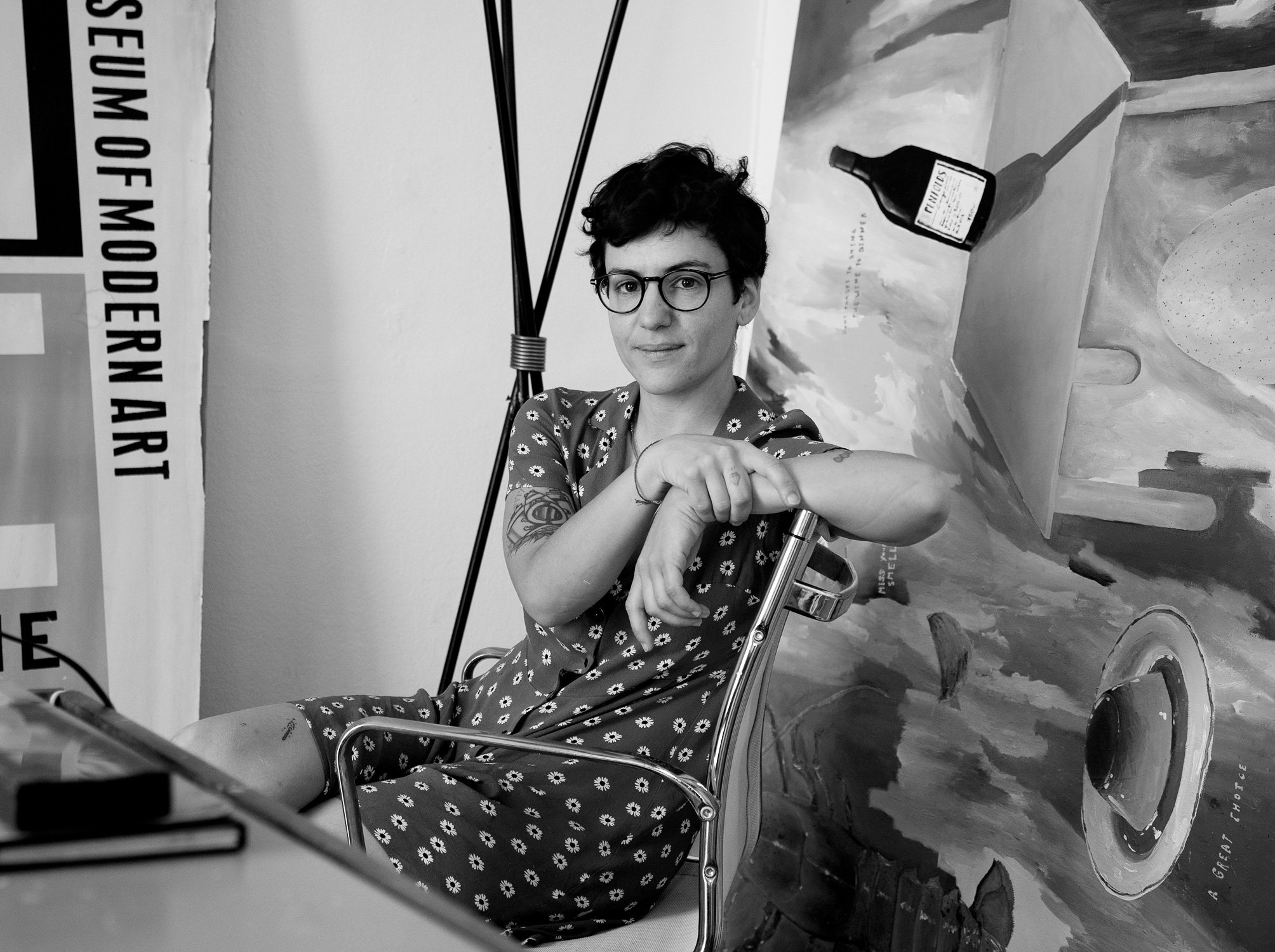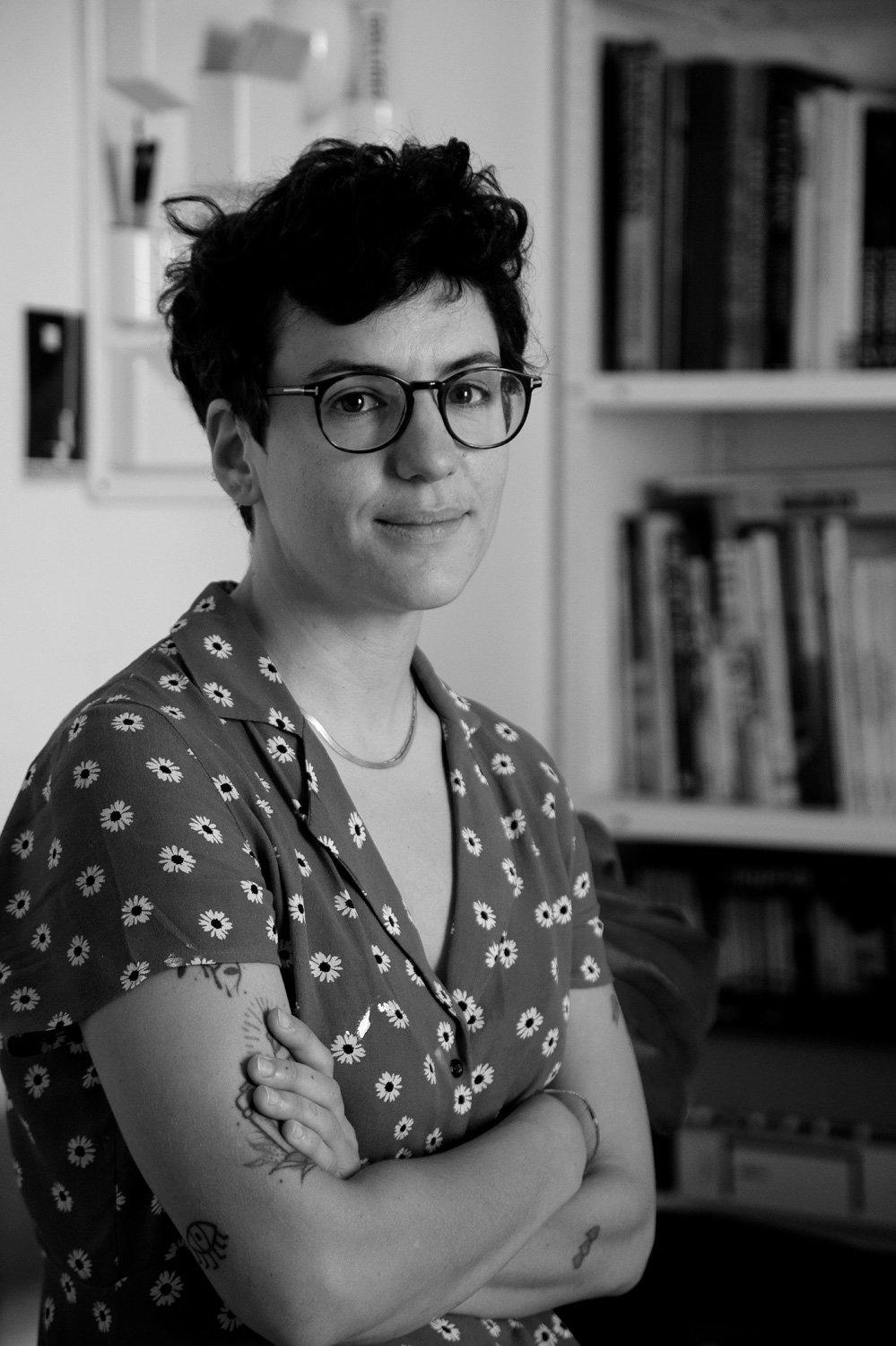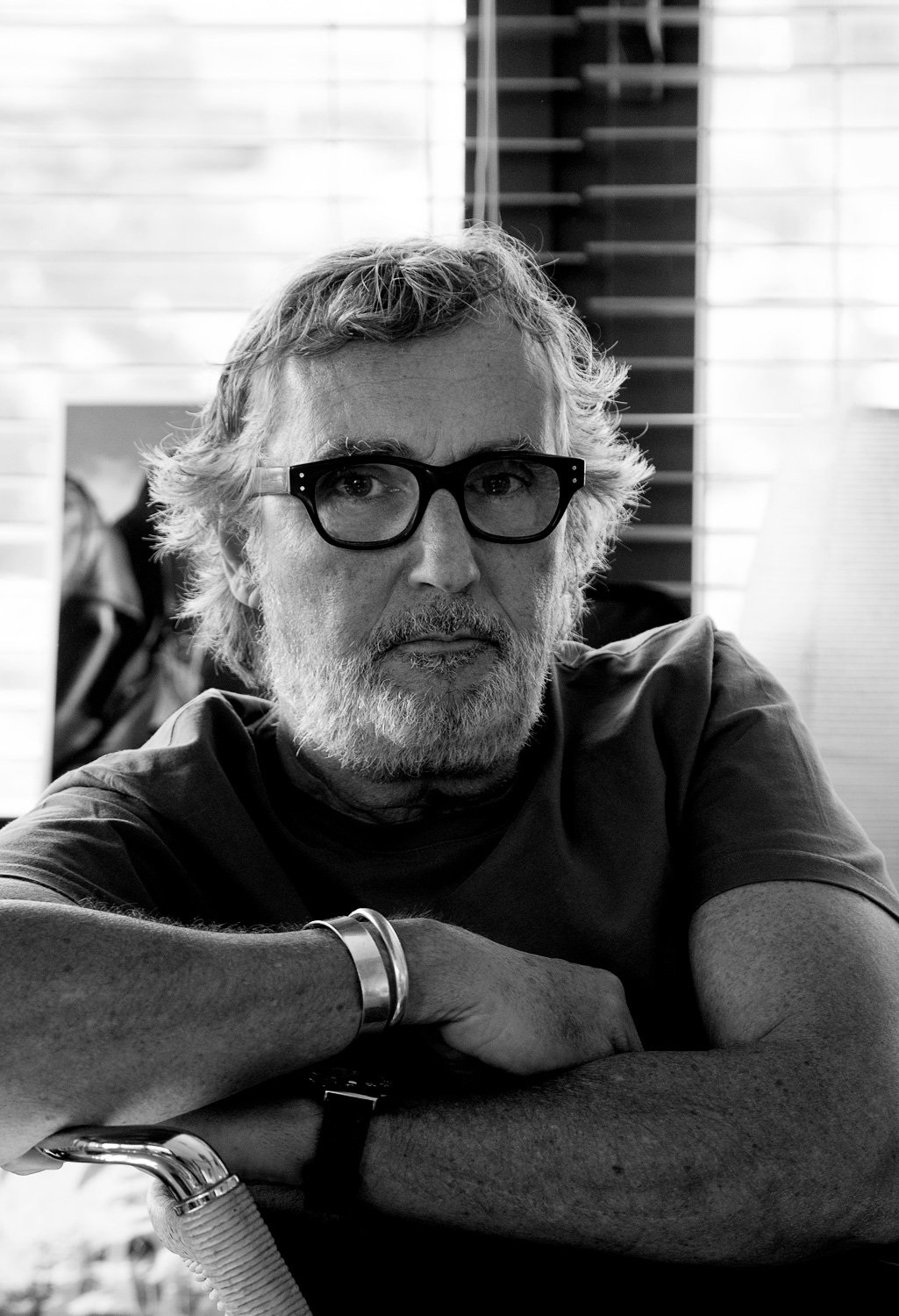When I started to look for information about Sandra, whom I did not know, I found the documentary Retrats de l’ànima (Portraits of the Soul), and what was meant to be a quick search, turned into an intense hour of attentive viewing of this impacting document, which literally left me in a state of shock. The next day I bought her magnificent book Balkan, in memoriam and a week later I was portraying her in her cosy flat at the Eixample neighbourhood. Sandra speaks - and listens - with captivating passion. I tell her that, to me, the photograph she took in 1993 of Amra Efica, the girl wounded by a bombing in Mostar, is one of the most tragically beautiful images I have ever seen. She explains to me how she took it in a basement lit only by a candle. How she had to figure out and shoot just the right photos, because she only had one film left, after three days of being held with other journalists and the Spanish blue helmets as human shields by the people of Mostar. Ten years later, Sandra returned to Mostar in search of the protagonists of her war photographs, and above all in search of Amra, without even knowing if she was alive. This is one of the moving stories in Retrats de lànima, which I highly recommend and which can be seen on sandrabalsells.com website.
We also talked about the times of analogue photography, the pleasure of working in the lab, and some of her references, such as Enrique Meneses, Cristina García Rodero and Rafael Sanz Lobato, which she has on her walls.
What a privilege to have shared this time with such an exceptional person. I would gladly have stayed all day.
> Sandra Balsells has a degree in journalism from the Universitat Autònoma de Barcelona and a postgraduate degree in photojournalism from the London College of Printing. In 1991, she covered the outbreak of war in Croatia as a freelance contributor to the British newspaper The Times. Between 1991 and 2000, much of her photographic work has focused on the Balkans. In addition, she has also shot numerous reports in Israel, Palestine, Mexico, Romania, Canada, Cuba, Mozambique, Haiti and Sicily. She is the author of the book Balkan in memoriam, and co-author of the books Montreal Metropole vue par 30 grands reporters and Latidos de un mundo convulso. In the television field, she is co-author of the documentaries Dying for the Truth and Retrats de l’ànima, and in 2006 she won the Ortega y Gasset Award for Best News Reporting for her work on the war and post-war period in the former Yugoslavia. In recent years, she has curated the projects Topografía de la ira, Desaparecidos and Antología, the latter two by the photojournalist Gervasio Sánchez, with whom she co-directs the Albarracín Photography and Journalism Seminar.
Since 1995 he has combined his work as a photojournalist with teaching photography at the Universitat Ramon Llull.
Her career is reflected in the RTVE programme Detrás del instante: Sandra Balsells.














